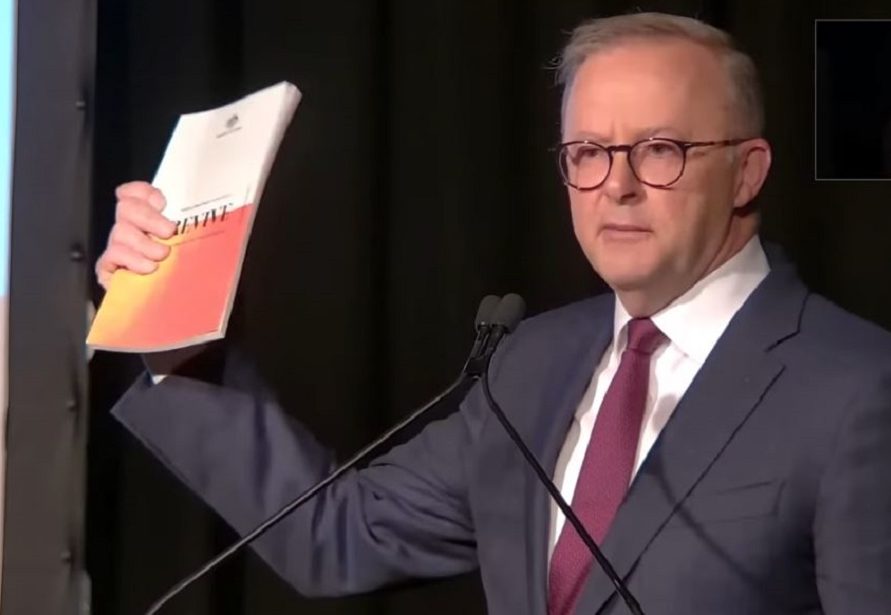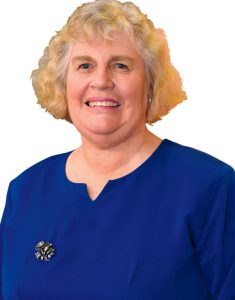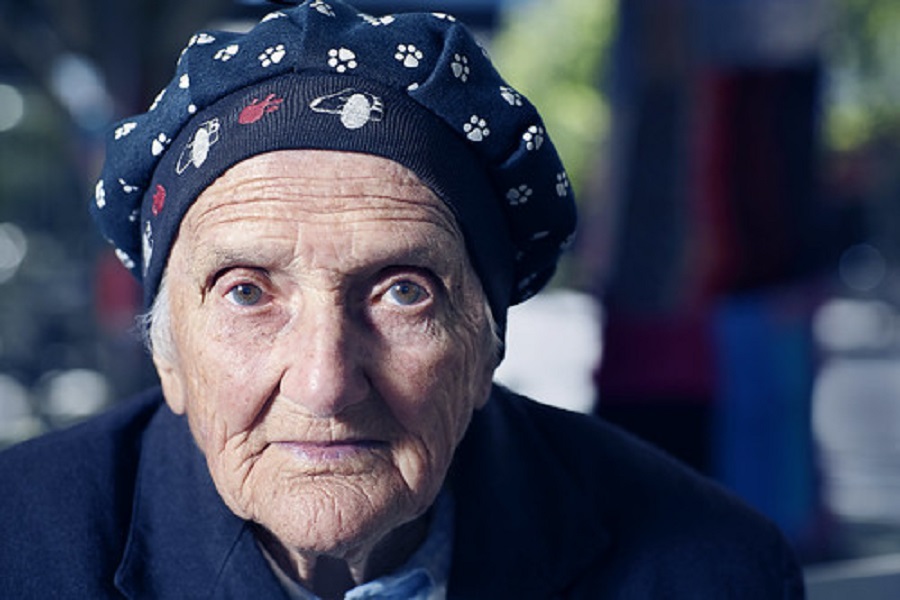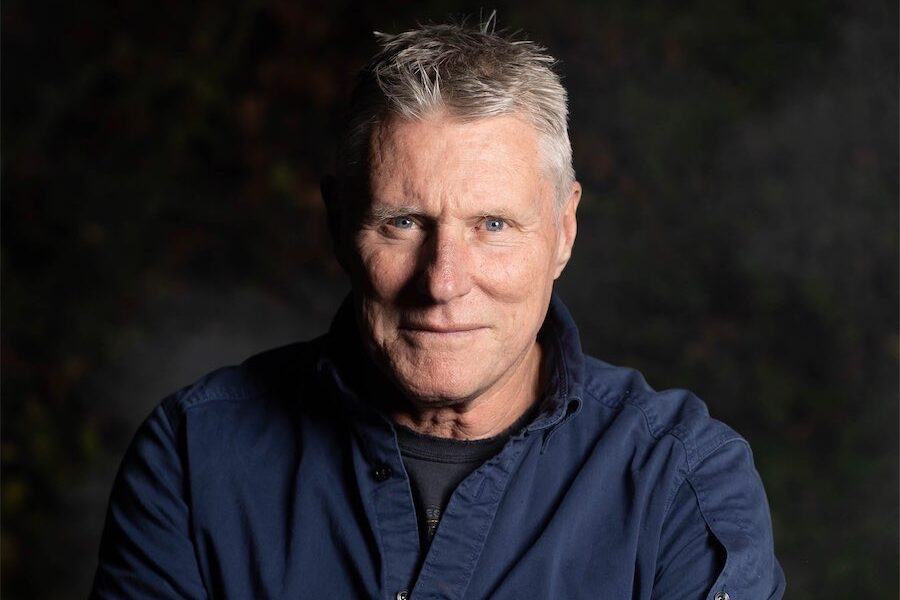
Arts editor HELEN MUSA reviews the response to the federal government’s new arts policy “Revive”.
AT an impressive gathering last week, Prime Minister, Anthony Albanese, fronted the arts cognoscenti in Melbourne to announce the new federal arts policy for the next five years, “Revive”, subtitled “A place for every story, a story for every place”.

After an exceedingly long preamble involving First Nations artists and Labor parliamentarians reinforcing the conventional wisdom that it was the Whitlam Government that had first introduced serious funding for the arts, we got to the real meat of the morning, the PM’s snappy presentation.
Albanese delivered the policy with animation and passion, appearing to speak extempore at times, making it clear that he was “for” the arts and backing that up with references to pop music.
Not surprisingly, he used the launch to talk up constitutional recognition of First Peoples, saying: “It is appropriate to talk about those issues at the beginning of the launch of Australia’s cultural policy because over thousands of years, this land has been alive with stories.”
Damning the opportunities lost during the last decade of government, Albanese described the Coalition’s approach to the arts as “a calculated neglect”, claiming that the Gillard government had understood the power of culture.
“We are just putting the arts back where they’re meant to be, at the heart of our national life,” he said.
The new policy is structured around five idealistic pillars – First Nations First, A Place for Every Story, The Centrality of the Artist, A Strong Cultural Infrastructure and Engaging The Audience.
Funded by $286 million over four years, the government would set up “Creative Australia” to “expand and modernise the Australia Council’s work,” with four new entities within it, a First Nations-led body, Music Australia, Writers Australia and the Centre for Arts and Entertainment Workplaces.
Government would move to protect First Nations artists from rip-offs, fund a gallery in Alice Springs and an Aboriginal cultural centre in Perth and provide $11 million to set up a First Nations Languages Policy Partnership.
Looking to the broader scene, it would increase funding for regional arts, improve lending rights for Australian writers and in an oddly anachronistic gesture to writers, establish a poet laureate. Writers scratched their heads, but thought it was nice to have their own dedicated body.
Reactions from leading arts organisation were swift and positive, with Australia Council CEO Adrian Collette describing the policy as “a transformational step in the evolution of the Australia Council”.
But while praising the document, the chair of the National Association for the Visual Arts Board, Clothilde Bullen, cautioned that it would be “important to watch how the policy interacts with new Federal budgetary measures to better support art institutions in terms of resourcing.”
She’s not wrong. Resourcing is essential, and $241 million won’t cut it.
In more than 30 years as a Canberra arts journalist, I have only seen one national arts policy that really delivered the goods – Singapore’s “Renaissance City” in 2000. Visionary and practical, it put arts front and centre in educational institutions, offered artists city spaces at peppercorn rents to create a bustling arts precinct and pursued a plan to topple Melbourne from its perch as the arts capital of the region. It wasn’t all talk either, for the Singapore government had money to implement the ideas.
We’ve had our share of arts policies.
Prime Minister Paul Keating’s exciting “Creative Nation” in 1994 promised $250 million to cultural institutions. Simon Crean’s 2013 “Creative Australia” promised much but sank when he was sacked by PM Julia Gillard, who in turn lost office.
Strangest of all was George Brandis’ patrician intervention in 2015 which saw the evisceration of the Australia Council and subsequent defunding of countless small community organisations, which fell victim to the ministerial theory that promoting excellence at the top would promote the arts.
The accusation of elitism has plagued council since its inception.
Playwright David Williamson, who sat on the first council from 1973 on, has described how the “first-nighters”, who believed the arts were about opera, ballet and museum theatre, successfully defeated the “basket weavers“, whose focus was to generate new Australian work. In his view, nothing much has changed.
Albanese clearly doesn’t want that to continue, and in a veiled swipe at the old Australia Council model, told those present, “the arts must be respected and should not be left simply to those who could afford to do it”.
Last week’s launch was always going to be an art-meets-politics lovefest, but the policy itself is full of good ideas crafted by arts panels drawn from the nation’s arts community, with the clear aim of bringing the arts down to earth and into action.
Who can be trusted?
In a world of spin and confusion, there’s never been a more important time to support independent journalism in Canberra.
If you trust our work online and want to enforce the power of independent voices, I invite you to make a small contribution.
Every dollar of support is invested back into our journalism to help keep citynews.com.au strong and free.
Thank you,
Ian Meikle, editor








Leave a Reply